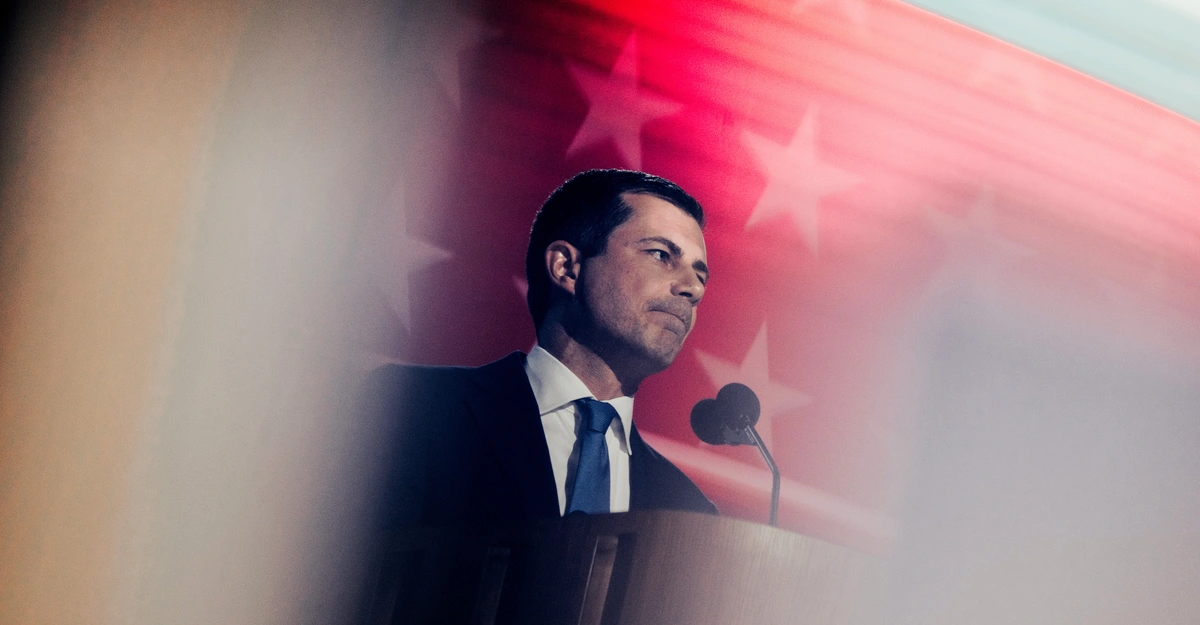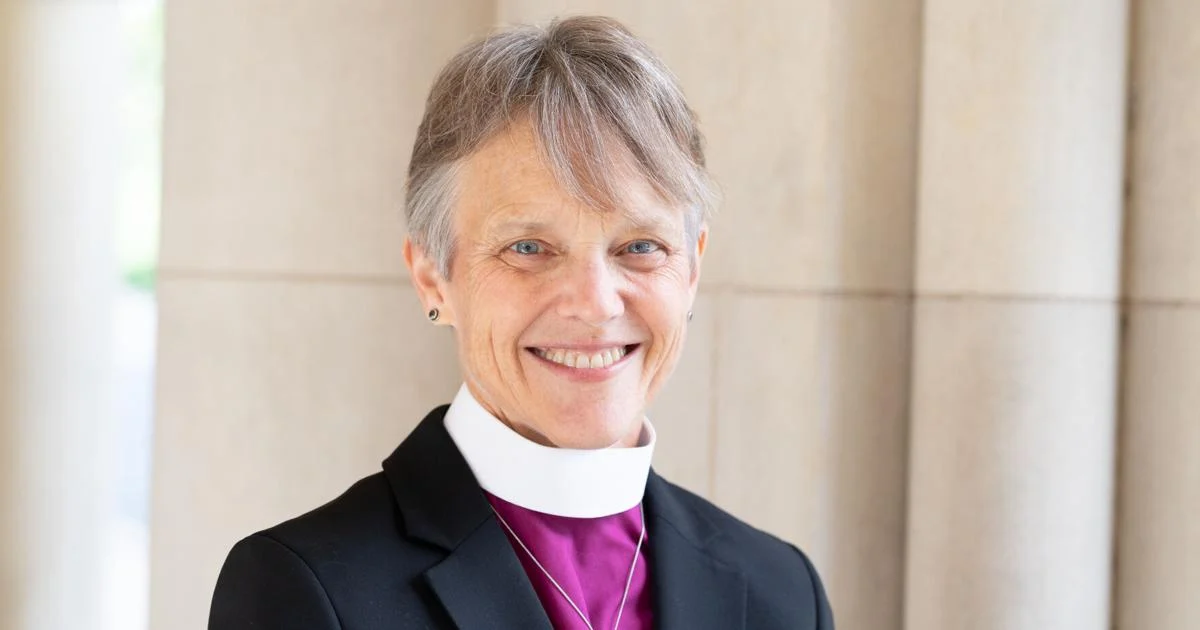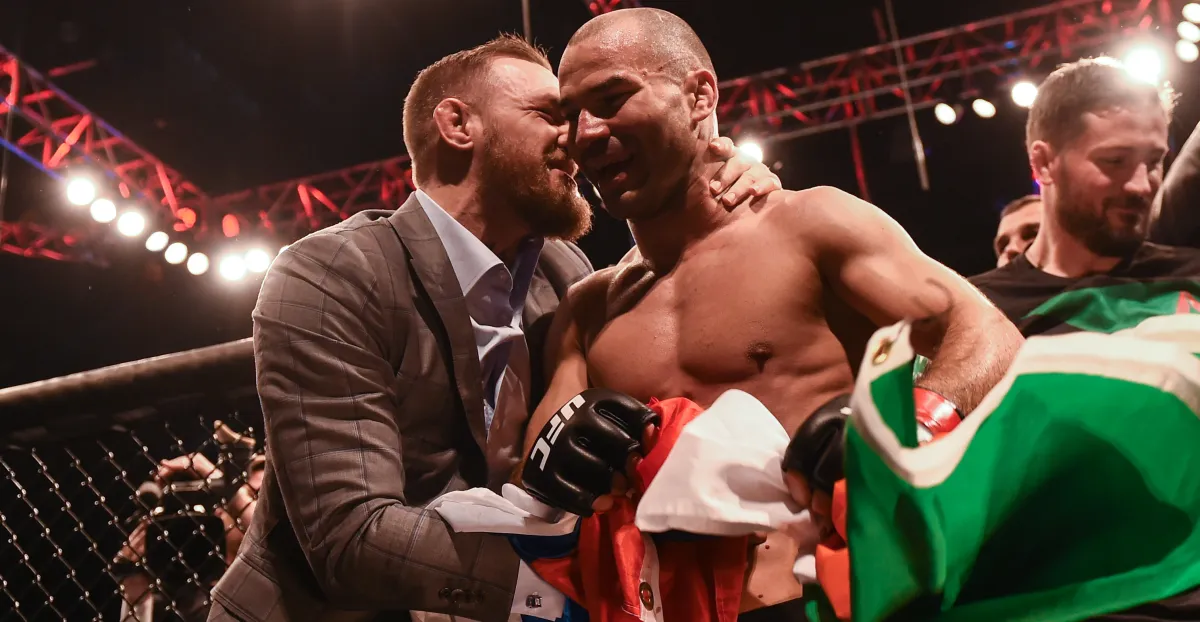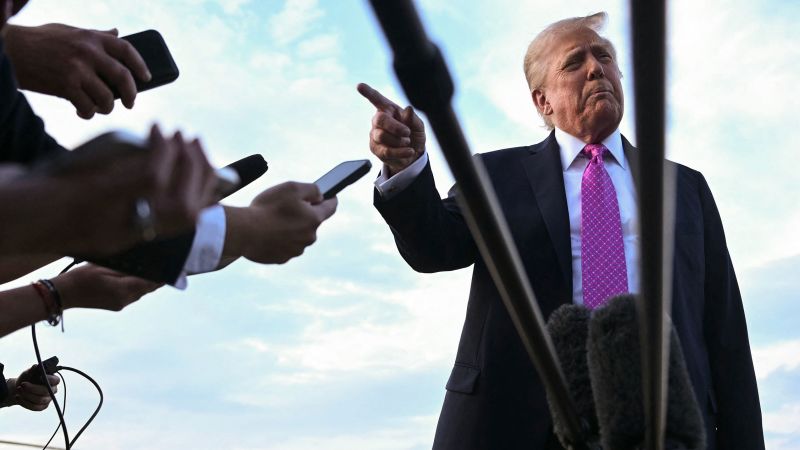
As Kamala Harris rushed to pick a running mate last year, her “first choice” was her close friend Pete Buttigieg, but she decided that it would be “too big of a risk” for a Black woman to run with a gay man.
Buttigieg “would have been an ideal partner—if I were a straight white man,” Harris writes in a passage of her soon-to-be-released book, 107 Days, that I saw. “But we were already asking a lot of America: to accept a woman, a Black woman, a Black woman married to a Jewish man. Part of me wanted to say, Screw it, let’s just do it. But knowing what was at stake, it was too big of a risk.”
“And I think Pete also knew that—to our mutual sadness.”
Harris instead selected Minnesota Governor Tim Walz, and the two went on to lose to Donald Trump. Her honest recounting of that decision—much more candid than I usually see in political memoirs—highlights one of the core challenges facing Democrats, especially as they try to refocus their message ahead of the next presidential election, in 2028. After years of highlighting and celebrating the historic characteristics of their nominees, many in the party are now embracing a singular focus: who can win.
Harris writes that Buttigieg originally topped the eight names on her vetting list because “he is a sincere public servant with the rare talent of being able to frame liberal arguments in a way that makes it possible for conservatives to hear them.”
“I love Pete,” she wrote. “I love working with Pete. He and his husband, Chasten, are friends.”
Buttigieg fell out of the running before Harris narrowed down her list to a few finalists. A person familiar with their conversations told me that the two did not discuss her reasoning. Spokespeople for Harris and Buttigieg declined to comment.
The two leaders got to know each other as they both ran for president in 2020, when Buttigieg was the party’s unexpected breakout star. The former mayor of the small city of South Bend, Indiana, Buttigieg adopted a “go anywhere and say yes to anything” media mantra that put him in front of every camera and microphone possible as he tried to grow his name recognition. Not even 40 years old at the time, the Rhodes Scholar and former naval intelligence officer quickly became one of the party’s most effective communicators and nearly won the Iowa caucuses. Even after his bid fizzled, he won admiration from the party’s eventual nominee, Joe Biden, who compared him to his late son, Beau, and later appointed Buttigieg as his secretary of transportation.
During Buttigieg’s tumultuous tenure at the Department of Transportation, the nation began traveling again after the coronavirus pandemic, and airlines struggled with pilot shortages and an avalanche of flight delays. But he remained a sought-after spokesperson for the party, often venturing where few of his fellow Democrats dared to go—Fox News and other conservative media outlets—to sell the Biden agenda.
When Biden abandoned his reelection campaign in July 2024, in the wake of his disastrous debate performance, he handed the party’s mantle to his vice president. Buttigieg was promoted as a possible running mate by allies, who touted his high name recognition and ability to act as an attack dog; they also noted that his age (he was just 42) would help Harris make the race about generational change and distance herself from the then-81-year-old Biden.
Harris wrote about how her life was upended when she became Biden’s running mate in 2020, and how she was aware that she was about to “cause the same sudden swerve in someone else’s life.”
In the brief passage that I saw, which is separate and unrelated from the excerpt The Atlantic published last week, Harris doesn’t explain to readers whether Walz knew that he wasn’t her initial favorite. The Minnesota governor had burst onto the national stage weeks earlier with a series of buzzy national cable interviews, and Harris has said that she liked his mix of Midwest folksiness and progressive bona fides. But after a well-received convention address, Walz became something of a nonentity on the campaign trail and turned in a middling performance in his one debate with J. D. Vance.
Walz announced this week that he will seek a third term as governor. Teddy Tschann, a spokesperson for Walz, told me in a statement that Buttigieg is “outstanding.”
“The party’s lucky to have such a deep bench of talent,” he said. “Now we need everyone out on the field making our case ahead of ’28.”
Most Democrats do not believe that Harris’s choice of running mate played much of a role in the outcome of the election. As they scramble to find their next generation of leaders, Harris is providing a blunt message on just how much diversity voters can handle on a ticket. Ahead of the 2020 election, Harris moved to the left along with most presidential hopefuls and many primary voters, a shift that included an embrace of progressive policies on issues such as policing and immigration. The party debated gender politics, such as pronouns and transgender rights, and there was a heavy focus on the backgrounds and identities of its candidates. By 2024, Democrats seemed out of step with a country that appeared more focused on kitchen-table issues. Trump fanned the electorate’s doubts, wielding the word woke as a slur and attacking Harris for being too liberal. One ad, pillorying Harris’s defense of transgender rights, was later credited by pollsters for helping him make gains with key voting demographics such as Black and Latino men.
Democrats’ previous two attempts to make history with their nominees failed: Hillary Clinton lost to Trump in 2016, and Harris did the same eight years later. Some Democrats wonder if embracing pioneering candidates cost the party the elections. Last November, Trump continued to gain strong support from white men while also making real inroads with Latinos and smaller strides with Black men and young voters.



